Parcours des Mondes celebrates its 20th anniversary this year. That it should have become the most important event of its kind is perhaps less surprising than its very existence. For although this market has transformed beyond recognition over the last two decades, and not least through the promotion of the concept of African and Oceanic ‘art’ rather than ‘ethnography’ by the auction houses, it remains a drop in the ocean of art sales. As the event’s director-general Pierre Moos has emphasised, ‘the annual sales of non-European art in their entirety are equivalent in monetary value to the sale of a single painting at a Sotheby’s or Christie’s evening art sale.’
While prices rise for the ever-diminishing number of such masterpieces on offer, for other material they remain – for the most part – relatively modest. This means modest profits, too, for the small band of international specialist dealers whose passion and knowledge drive this market. Few of them have the resources to exhibit at the world’s leading art fairs, which is why this initiative, launched in the galleries of the Beaux-Arts district of Paris in 2002, was so important. Initially just 20 or so specialists from overseas joined their Parisian colleagues by renting space in local galleries. Over the years, their numbers grew to include the vast majority of the leading figures in their fields, which in turn drew enthusiasts and collectors from across the globe to Saint-Germain-des-Prés. This annual event is friendly and enjoyable as only a small specialist fair can be.
Some of those visitors, crucially, become first-time collectors. This year’s honorary president, for example, the comic-book publisher Guy Delcourt, who collects African art and Art Brut, made his first acquisition at Parcours – a Konso pole from Ethiopia. It was, he says, ‘the start of a magnificent journey’. It is to the credit of Moos and the organising team at Tribal Art magazine to have recognised that the event needs to evolve constantly if it is to continue flourishing. That includes the appointment of an honorary president every year, to act as an ambassador for the initiative, but it also means embracing other specialisms: in 2015, the event opened its doors to Asian art, and it welcomed antiquities three years later.
Recent events have inevitably clipped the wings of Parcours. Yet even last year’s edition, confirmed at the 11th hour and with fewer exhibitors and visitors than usual, particularly from the United States, proved surprisingly successful. According to organiser François-Louis Coffion, exhibitors sold around 70–80 per cent of their stock in two or three days. At this year’s event (7–12 September), some pandemic restrictions will remain in place, which means that once again there will be neither a lecture programme nor a communal gathering place at the Espace Tribal; exhibitors such as Chris Boylan from Sydney are dependent on ever-changing national regulations. One positive from the cancellation of the already postponed TEFAF Maastricht, which was due to coincide with this event, is that a few more seasoned exhibitors – Yann Ferrandin among them – will be able to join the gathering. At the time of writing, more than 40 dealers have signed up and will be showing works that span an impressive range of cultures and media. Several exhibitors, as ever, are presenting thematic exhibitions long in the making and researching. Several are also unveiling masterpieces.
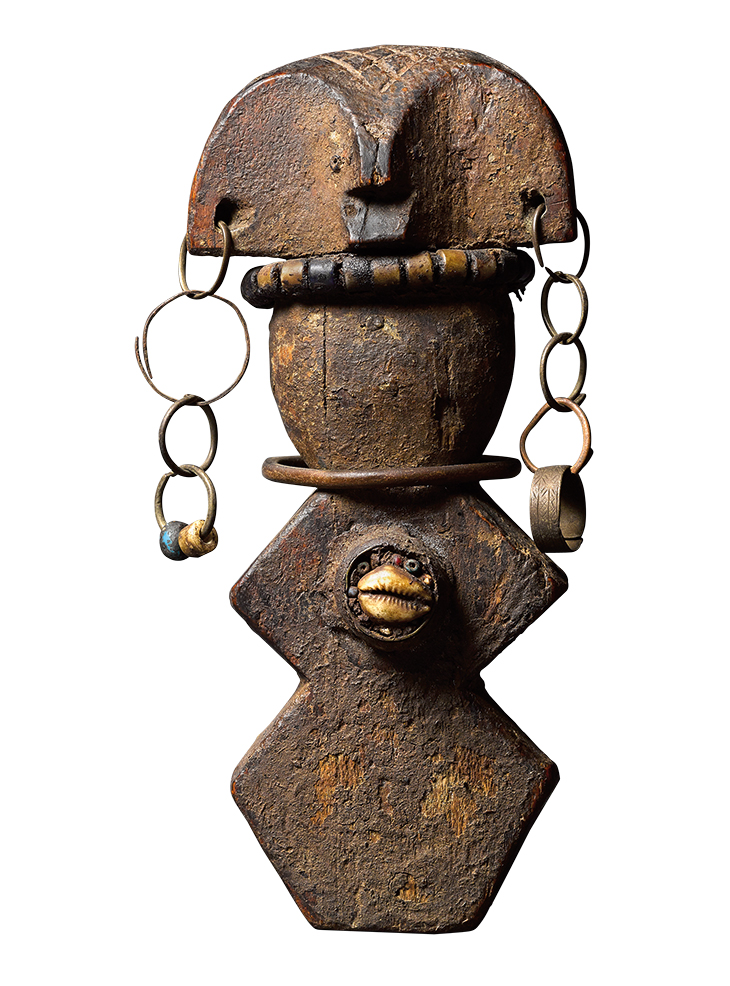
Kudu figure (19th century), Zande people, Democratic Republic of Congo. Galerie Bernard Dulon (in excess of €200,000)
One piece that falls into the latter category is a carved wood Zande statuette from the Ubangi River in the north of the Democratic Republic of Congo, adorned with metal, pearls and shell. Its remarkable formal abstraction and invention has long attracted the attention of artists and scholars alike, featuring, for instance, in William Rubin’s seminal but controversial exhibition ‘“Primitivism” in 20th Century Art: Affinity of the Tribal and the Modern’, at MoMA in 1984–85. Included by Bernard Dulon in an exhibition of fetishes, the figure bears an asking price of more than €200,000. Abla and Alain Lecomte present another major piece from Central Africa. This is a rare figure by the Vili, a Kongo people, which was collected in the early 20th century by Lieutenant Governor Jean-François Reste (€45,000).
Serge Schoffel stages the first show, and publishes the first catalogue, ever to be devoted to rare terracotta figures from the little-studied Timoto-Cuica culture of Venezuela, which spanned the Andes region of the country’s west and the plains to its north. Schoffel focuses on the period 1000–1500 AD, with some dozen pieces patiently gathered over the years, two of them previously part of the Barbier-Mueller collection and shown in its Pre-Columbian museum in Barcelona but dispersed in 2013. Most of these mysterious statues are standing figures, and are striking both for their double faces on a single head and bodies completely covered in complex ritual markings. Illustrated here, however, is a particularly refined and compelling seated figure from around 1050. While prices for most objects range between €3,000 and €20,000, this highlight comes with a price tag of €38,000.
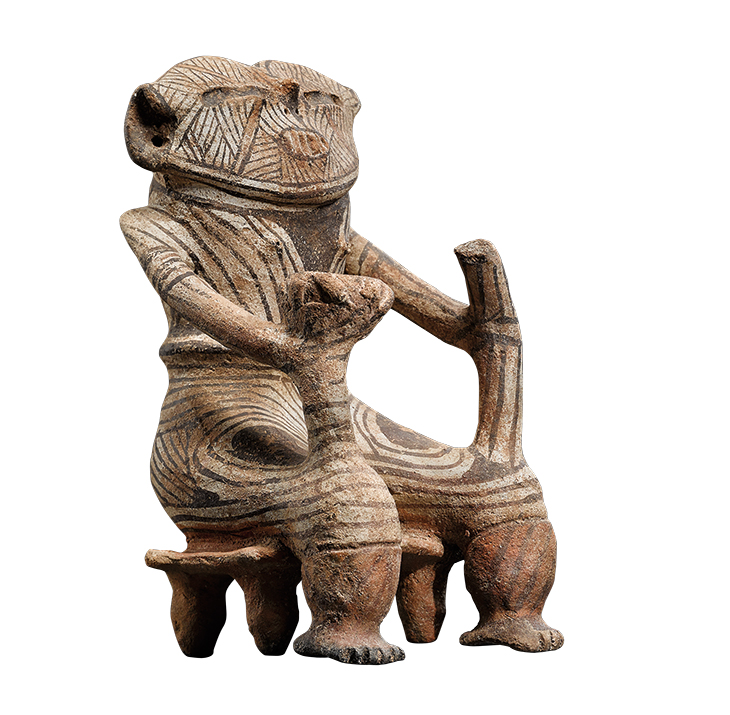
Seated anthropomorphic figure (c. 1050), Timoto-Cuica culture, Venezuela. Serge Schoffel – Art Premier (€38,000)
Galerie Flak takes us to the frozen lands of the far north. Several thousand years are represented in ‘Arctic Dreams’, embracing both carved marine ivories – everything from small Inuit animal figures to Okvik heads and torsoes – and shamanic masks. These sculptures, with their patinas ranging from deep black to milky white, have a power and presence that belie their diminutive scale, which rarely exceeds 15cm in height. Highlights include a scowling head of around 300–500 AD from the Old Bering Sea culture to a Yup’ik Eskimo seal-human transformation mask of the late 19th century (€75,000).
The itinerary of Parcours des Mondes also takes in the Indonesian islands of Nias and Bali, courtesy of Galerie Pascassio Manfredi. Galerie Hioco moves the frame to the ancient region of Gandhara, in modern-day Pakistan and Afghanistan. On show is a selection of Buddhist narrative friezes and architectural reliefs, among them an impressive capital from the 3rd–4th century carved with a central bodhisattva flanked by generous acanthus scrolls.
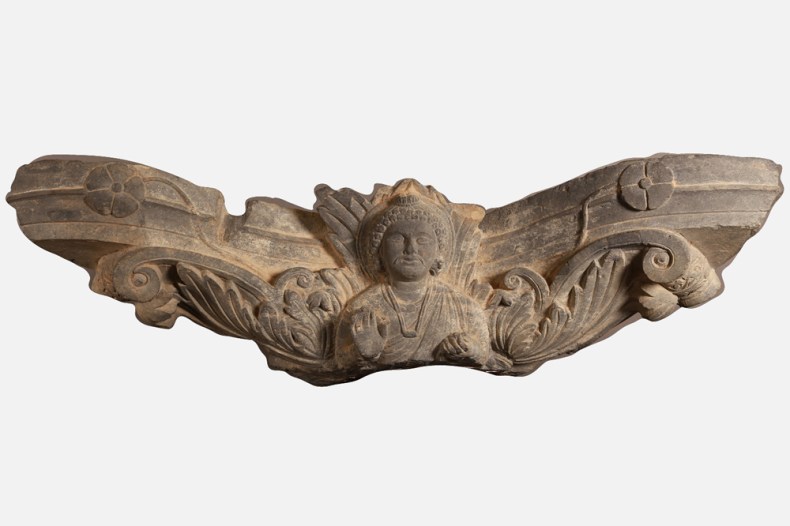
Capital (3rd–4th century), 3rd–4th century. Gallery Hioco (€50,000)
Anthony Meyer has chosen one material and a global theme. Drawing from his own family collection, he unveils more than 100 stone axe or adze blades, pounders and myriad related stone objects spanning a giddying breadth of eras and cultures (prices up to €100,000). As Meyer says, their shapes transcend the purely functional and focus our gaze on the aesthetic. Expect to find everything from volcanic glass to basalt and green argillite, the latter used for a 41cmlong axe blade from the Highlands of New Guinea, as well as work by the Peruvian sculptor Alberto Guzmán.
There has long been a contemporary component at Parcours, not least courtesy of the two Vallois galleries and the Aboriginal art shown by Arts d’Australie; contemporary art is a growing presence in this fair without borders. Charles-Wesley Hourdé, for instance, stages a show built around a recent textile work by the Malian artist Abdoulaye Konaté, which itself is a tribute to the Mande people.
From the July/August 2021 issue of Apollo. Preview and subscribe here.
Parcours des Mondes takes place in the galleries around Saint-German-des-Prés, Paris, from 7–12 September.
Unlimited access from just $16 every 3 months
Subscribe to get unlimited and exclusive access to the top art stories, interviews and exhibition reviews.

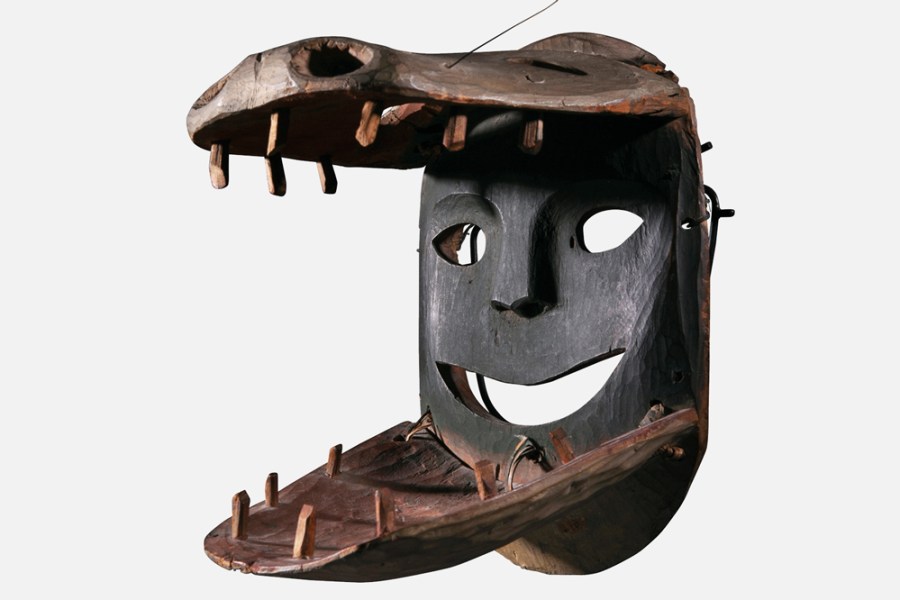
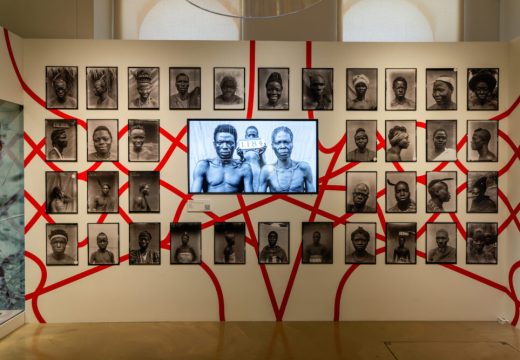
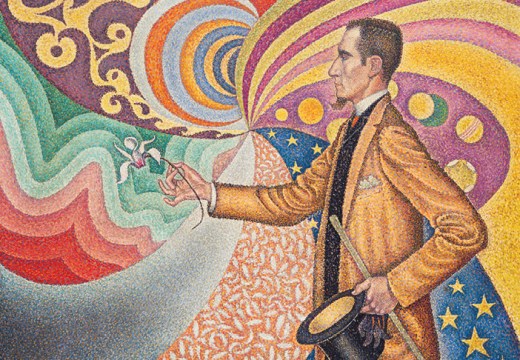
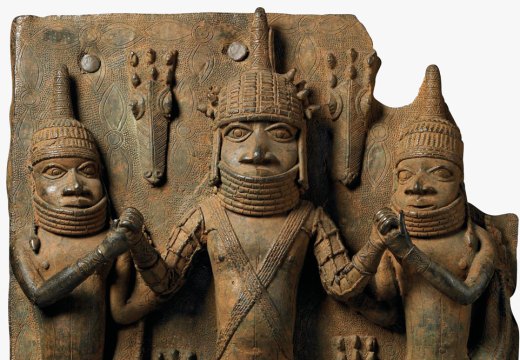









![Masterpiece [Re]discovery 2022. Photo: Ben Fisher Photography, courtesy of Masterpiece London](http://www.apollo-magazine.com/wp-content/uploads/2022/07/MPL2022_4263.jpg)
It’s time for the government of London to return to its rightful home